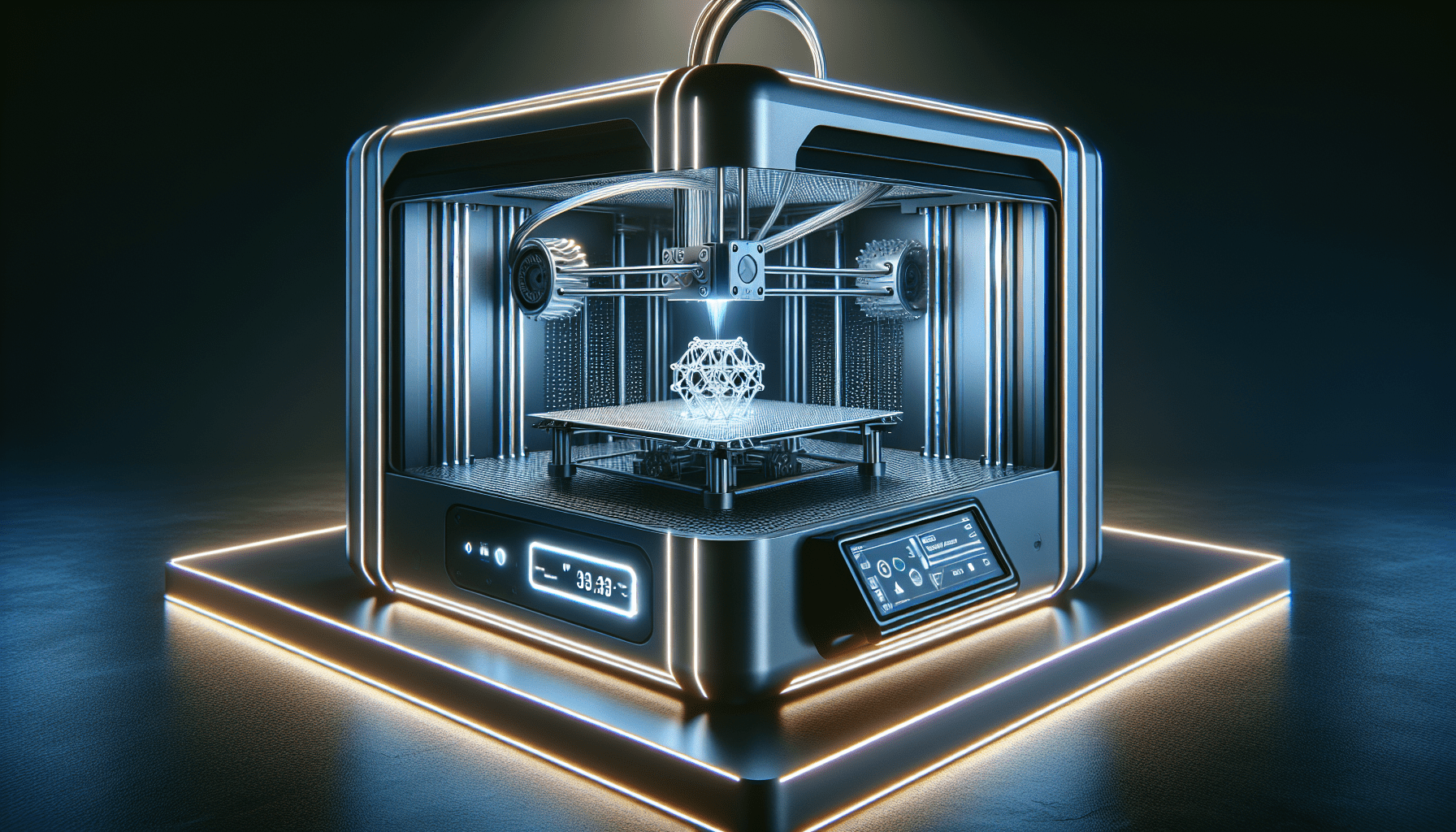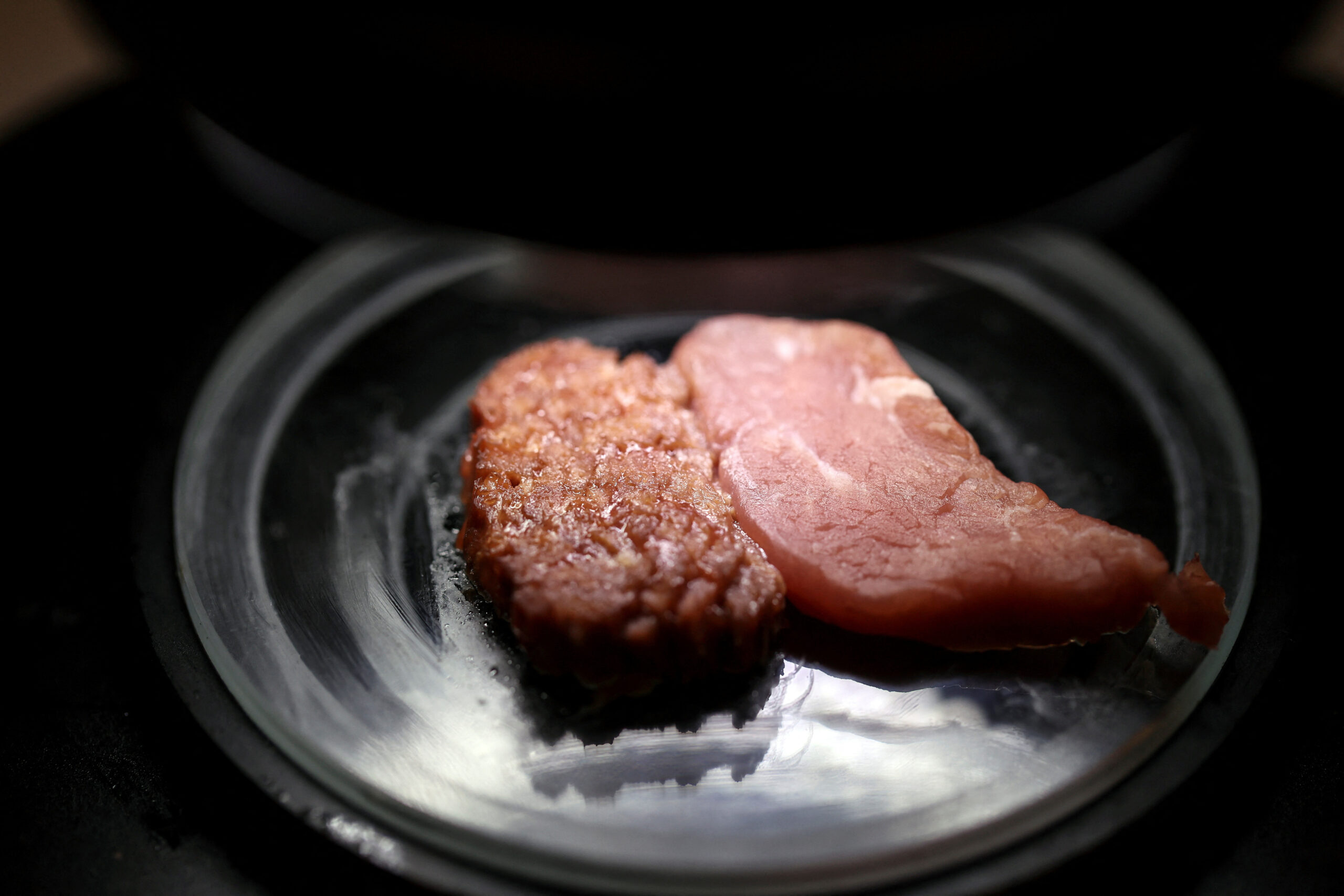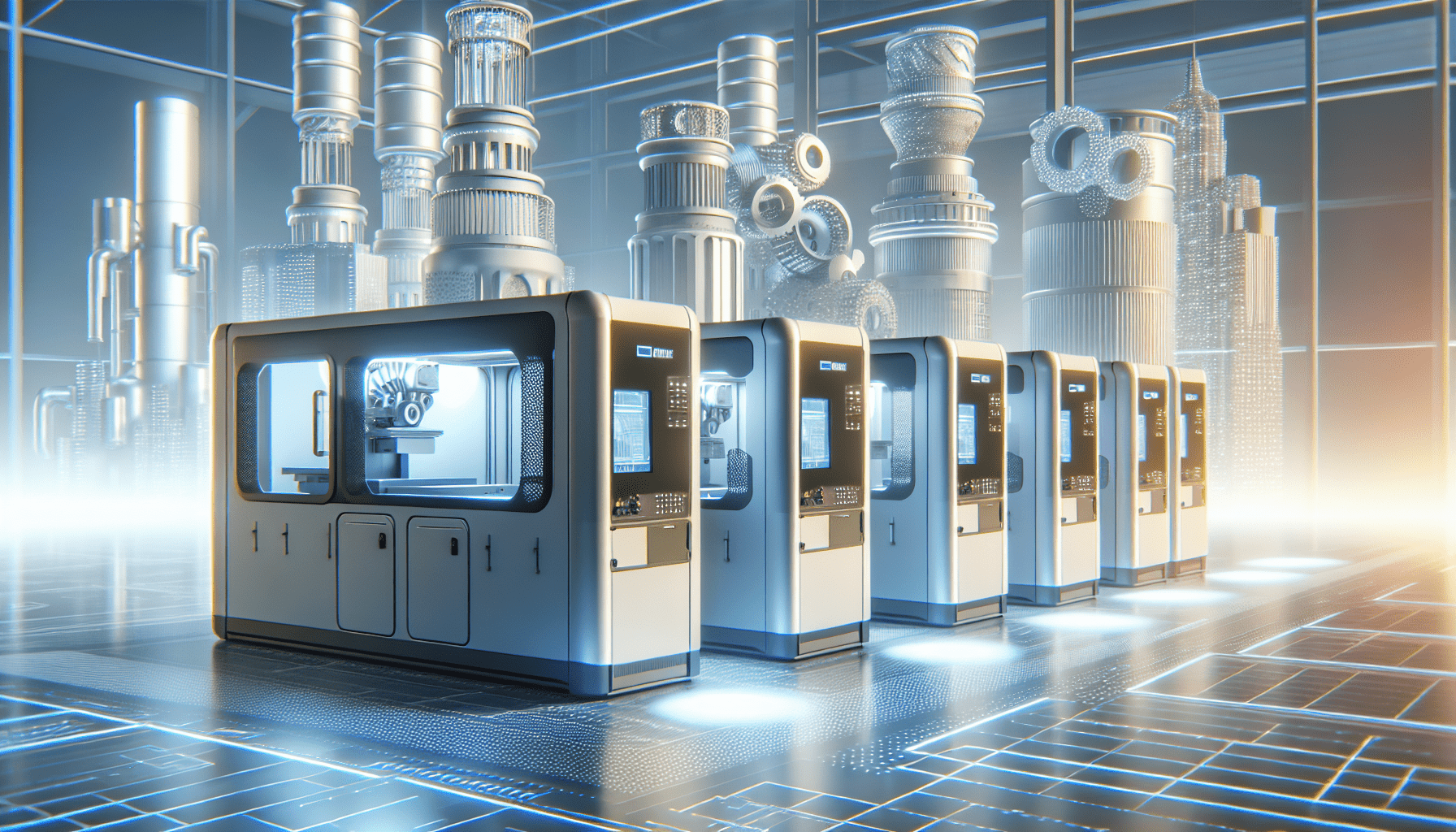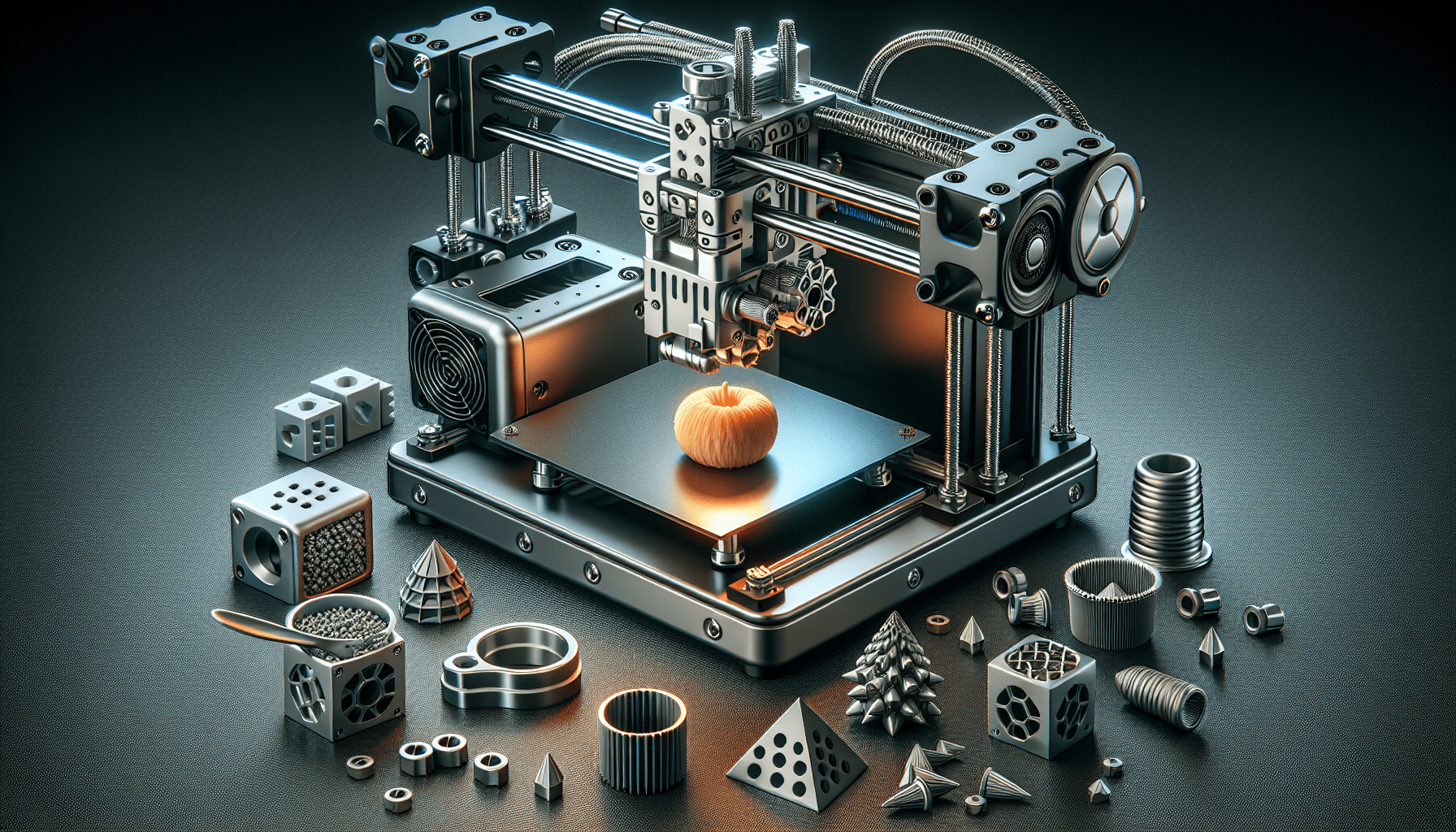Bambu Lab A1 Combo, A1 3D Printer and AMS lite, Support Multi-Color 3D Printing, High Speed & Precision, Full-Auto Calibration & Active Flow Rate Compensation, ≤48 dB Quiet FDM 3D Printers
(as of June 19, 2025 23:45 GMT +00:00 - More infoProduct prices and availability are accurate as of the date/time indicated and are subject to change. Any price and availability information displayed on [relevant Amazon Site(s), as applicable] at the time of purchase will apply to the purchase of this product.)In this article, we provide a comprehensive review of the Anycubic Photon Mono M5S Pro resin 3D printer, focusing on its setup, calibration, and operations. The user manual, available in both printed and digital formats, offers crucial information for the initial setup and any troubleshooting that may be required. Prior to each print job, the printer automatically performs hardware checks, verifies the resin volume, and levels the build plate. The Anycubic slicing software, along with the mobile app, allows for easy control of the printer and firmware updates. One notable feature is the printer’s ability to preheat the build chamber and resin, which proves to be quite useful. While pre-sliced test prints were successfully produced, the removal of support material presented a challenge. The printer’s surface finish and detail quality are commendable, although they are somewhat compromised by the prominent supports. Fine-tuning exposure settings and calibrating the printer with pre-sliced prints and calibration models proved effective. Additionally, the printer demonstrates excellent performance when handling more intricate prints, such as the Eiffel Tower. It is essential to exercise caution when working with resin, including the use of protective gloves and a mask, as well as setting up a disposable paper-covered work area.
Setup
Unboxing and assembly
Upon receiving the Anycubic Photon Mono M5S Pro resin 3D printer, we began the setup process by unboxing and assembling the printer. The package included all the necessary components, neatly organized for easy identification. The assembly instructions provided in the user manual, both in printed and digital formats, were clear and comprehensive, guiding us through each step of the process. We found the assembly to be straightforward, and within a short amount of time, the printer was ready for use.
Powering on the printer
Once the assembly was complete, we powered on the printer for the first time. The power button, located on the front panel, was easily accessible. Upon pressing the button, the printer initiated its start-up sequence, accompanied by clear and informative instructions on the LCD screen. We appreciated the user-friendly interface, which guided us through the initial set-up process, including language selection, time zone configuration, and network connection.
Connecting to the printer
To establish a connection with the printer, we utilized the Anycubic mobile app. The app provided a convenient and intuitive way to control various printer functions remotely. After connecting our mobile device to the printer via Wi-Fi, we were able to access a range of features, such as monitoring printing progress, adjusting settings, and uploading files for printing. The mobile app proved to be a valuable tool in enhancing our overall user experience.
Calibration
Leveling the build plate
Before beginning any print job, the Anycubic Photon Mono M5S Pro automatically performed a leveling process to ensure optimal print quality. The printer’s built-in leveling system, combined with the intelligent firmware, accurately adjusted the height of the build plate to achieve a consistently level surface. We found this feature to be particularly beneficial, as it simplified the calibration process and eliminated the need for manual adjustments.
Checking resin volume
To prevent any potential printing errors or interruptions, the printer incorporated a resin volume detection system. Prior to each print, the printer automatically checked the remaining resin volume in the tank, providing information on the LCD screen. This allowed us to monitor the resin levels and replenish them accordingly, ensuring a continuous printing process without any unexpected pauses or misprints.
Checking hardware
To ensure the printer’s optimal performance and reliability, it conducted a thorough hardware check before each print job. This check involved inspecting the various components of the printer, including the LCD screen, the light source, and the resin tank. Any issues or inconsistencies were immediately identified and displayed on the LCD screen, providing valuable feedback for maintenance purposes. We appreciated this automated hardware check, as it gave us confidence in the printer’s stability and readiness for printing.

$30 off $400+ Anycubic Products with code AC30OFF
Operations
Using the Anycubic slicing software
To prepare our 3D models for printing, we employed the Anycubic slicing software. This software allowed us to import our model files and make specific adjustments to optimize the print settings. We found the software to be user-friendly, with a straightforward interface that guided us through the various options and parameters. It offered a wide range of customizable settings, including layer thickness, exposure time, and supports, which enabled us to achieve the desired print quality and accuracy.
Controlling the printer with the mobile app
In addition to the slicing software, the Anycubic mobile app provided us with convenient control over the printer’s operations. Through the app, we were able to remotely monitor the printing progress, adjust settings, and even start or pause print jobs. The app’s interface was intuitive and easy to navigate, allowing us to manage multiple aspects of the printing process from the convenience of our mobile device. This feature proved to be highly advantageous, especially when we needed to make minor adjustments or keep track of print times while on the go.
Updating firmware
To ensure the printer’s performance remained up to date, Anycubic regularly released firmware updates. Updating the firmware was a simple and straightforward process, thanks to the well-designed user interface of both the printer and the mobile app. By following the provided instructions, we were able to download and install the latest firmware version, which introduced new features and improvements. The seamless firmware update process further enhanced the printer’s overall functionality and reliability.
Preheating the build chamber and resin
An impressive feature of the Anycubic Photon Mono M5S Pro was its ability to preheat the build chamber and the resin prior to printing. This preheating process helped to eliminate any potential inconsistencies caused by temperature variations and enhanced the overall print quality. We found that preheating the build chamber and resin resulted in improved adhesion and reduced the risk of failed prints. This feature, coupled with the user-friendly control options, further demonstrated the printer’s attention to detail and commitment to delivering top-notch printing performance.
Test Prints
Printing pre-sliced test prints
To evaluate the printer’s performance and print quality, we initiated a series of pre-sliced test prints. These test prints were specifically designed by Anycubic to showcase the printer’s capabilities and assess its accuracy and precision. We were pleased to find that the printer successfully reproduced the test prints with remarkable detail and accuracy. The intricate designs were faithfully replicated, demonstrating the printer’s capability to handle complex geometries with ease.
Difficulties in removing support material
While the pre-sliced test prints produced exceptional results, we encountered some difficulties when it came to removing the support material. The support structures, which are vital for ensuring the stability of the printed object, proved challenging to remove without causing any damage to the final print. We found that additional time and effort were required to carefully remove the supports and clean the prints thoroughly. However, despite this minor inconvenience, the overall print quality remained uncompromised.
Surface finish and detail quality
The surface finish and detail quality of the prints were of particular interest to us. The Anycubic Photon Mono M5S Pro showcased impressive capabilities in rendering intricate details with exceptional precision. The prints exhibited crisp lines, fine textures, and smooth surfaces, enhancing the overall visual appeal of the objects. However, it is worth noting that the presence of strong supports, necessary to maintain stability during printing, did leave minor blemishes on the surfaces. These blemishes, while not excessive, slightly detracted from an otherwise impeccable finish.
Impact of strong supports on print quality
The necessity of strong supports in 3D printing cannot be understated, as they play a crucial role in ensuring the stability and accuracy of the printed object. However, it is important to consider their impact on the overall print quality. While strong supports are necessary, they can leave behind noticeable marks or imperfections on the finished product. Depending on the orientation and complexity of the print, the supports may require extra attention during post-processing to achieve the desired level of surface finish. It is important to strike a balance between the structural integrity provided by supports and the final aesthetic quality of the print.

Exposure Settings
Tuning exposure settings
Achieving optimal exposure settings is essential for obtaining high-quality 3D prints. The Anycubic Photon Mono M5S Pro allowed us to fine-tune the exposure settings to suit the specific requirements of each print. By adjusting parameters such as exposure time and layer thickness, we were able to optimize the print quality and minimize any potential issues, such as layer inconsistencies or under- or overexposure. The printer’s user-friendly interface made it easy to experiment with different exposure settings and achieve the desired results.
Effectiveness of exposure settings on print quality
Our experimentation with exposure settings revealed a clear correlation between the selected parameters and the resulting print quality. By carefully adjusting the exposure time and layer thickness, we were able to enhance the overall print resolution and surface finish. We discovered that slight variations in exposure settings could have a significant impact on the level of detail and precision achieved in the prints. This level of control over the exposure settings allowed us to tailor the printing process to the specific requirements of each project and achieve outstanding print quality.
Printer Calibration
Using pre-sliced prints for calibration
To ensure optimal performance and accuracy, the Anycubic Photon Mono M5S Pro offered calibration options using pre-sliced prints. These calibration prints allowed us to fine-tune the printer’s settings and align them with the desired specifications. By carefully analyzing the results of the calibration prints, we were able to make necessary adjustments to parameters such as exposure time and layer thickness, ensuring the printer maintained consistent and reliable performance.
Using calibration models for calibration
In addition to using pre-sliced prints, the printer also provided calibration models specifically designed for calibration purposes. These models featured geometries that posed challenges to the printer, allowing us to assess its capabilities and fine-tune the settings accordingly. Through the calibration process using these models, we were able to identify and address any potential issues, such as uneven layer heights or inconsistencies in print quality. The calibration models proved to be invaluable tools in achieving precise and accurate prints.
Effectiveness of calibration on print quality
The calibration process, whether utilizing pre-sliced prints or calibration models, proved to be highly effective in improving print quality. By carefully analyzing the calibration results and making the necessary adjustments, we were able to eliminate potential printing defects and achieve more consistent print outcomes. The calibration options provided by the Anycubic Photon Mono M5S Pro ensured that the printer’s performance remained optimized, resulting in higher-quality prints and increased user satisfaction.
Print Performance
Printing complicated prints
To truly test the capabilities of the Anycubic Photon Mono M5S Pro, we decided to print more complex models, such as the Eiffel Tower. These intricate designs offered a significant challenge, requiring the printer to accurately reproduce intricate details and maintain stability throughout the printing process. We were pleased to find that the printer surpassed our expectations in successfully printing these complicated models. The level of detail, precision, and structural integrity achieved in these prints demonstrated the printer’s advanced capabilities and robust performance.
Evaluating print quality of complicated prints
Upon closer evaluation of the complicated prints, we were able to thoroughly analyze the print quality and identify any potential areas for improvement. While the overall quality remained impressive, we noticed slight imperfections in particularly intricate sections of the models. These imperfections were primarily attributed to the limitations imposed by the layer-by-layer printing process. However, considering the complexity of the designs, the Anycubic Photon Mono M5S Pro performed admirably and produced stunning results.
Comparing print performance with simpler prints
To gain further insight into the printer’s performance, we compared the print quality of the more complex models to that of simpler prints. We found that the printer excelled in producing high-quality prints consistently, regardless of the complexity of the design. The precision, fine detail, and surface finish observed in both the complex and simple prints showcased the printer’s ability to accommodate a wide range of projects while maintaining exceptional print performance. This versatility further highlighted the Anycubic Photon Mono M5S Pro’s capabilities and suitability for various applications.
Safety Precautions
Wearing gloves and a mask
When working with resin, it is crucial to prioritize safety and take appropriate precautions. We strongly recommend wearing gloves and a mask while handling the printer and the resin. Resin can be harmful if it comes into contact with the skin or is inhaled, and wearing protective gear minimizes the risk of exposure. The Anycubic Photon Mono M5S Pro prioritized user safety by providing clear warnings and guidance on the potential hazards associated with resin handling.
Using a disposable paper-covered work area
Creating a dedicated work area for resin-based 3D printing is essential for maintaining cleanliness and minimizing the spread of potentially hazardous substances. We recommend using a disposable paper-covered work area to prevent any accidental contact with resin on surfaces that are difficult to clean. This precaution significantly reduces the risk of cross-contamination and makes post-print cleanup more efficient and hassle-free.
Handling and disposing of resin safely
Proper handling and disposal of resin are crucial to maintain a safe working environment and prevent environmental contamination. It is important to follow the manufacturer’s guidelines for resin handling, including storing and disposing of unused resin appropriately. Resin waste should be collected and disposed of according to local regulations and guidelines. By actively adhering to these safety precautions, users can ensure a safe and responsible printing experience with the Anycubic Photon Mono M5S Pro.
Buy Photon Mono M5 Get Free 1KG Resin








